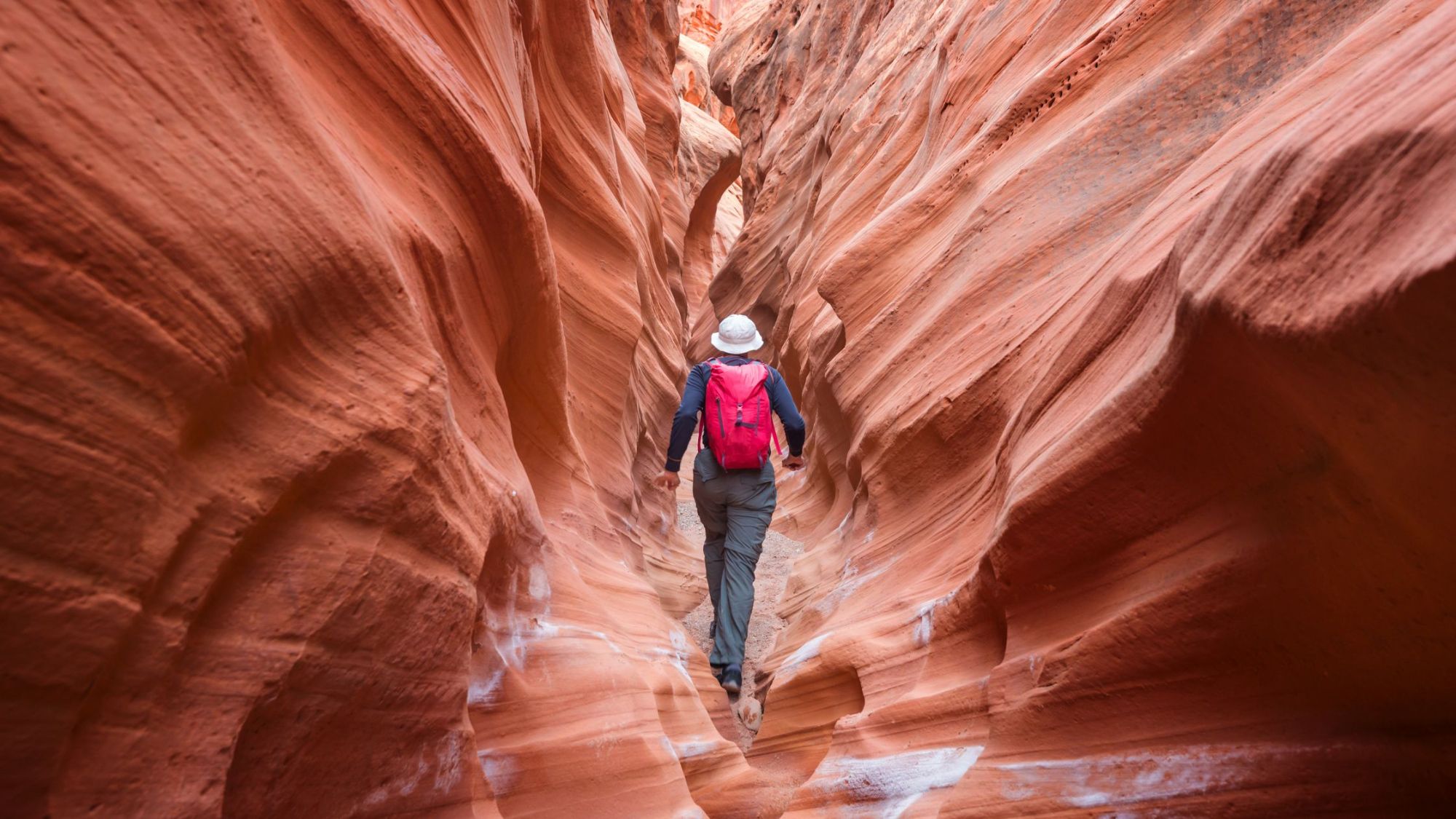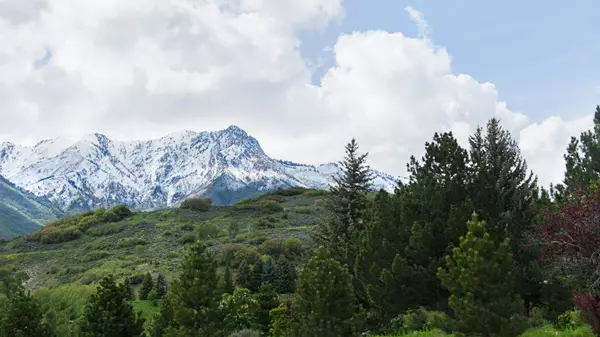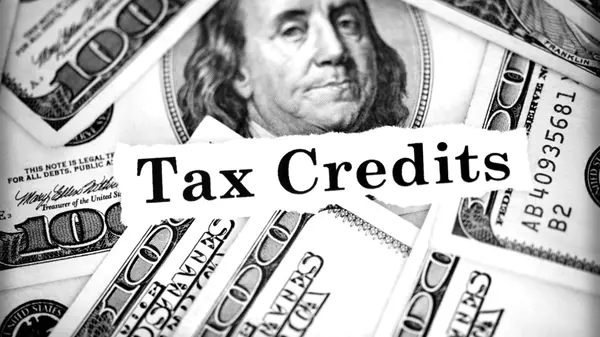What You Need to Know Before Moving to Utah
What You Need to Know Before Moving to Utah

Thinking about making the leap to Utah? You’re not alone. This state is currently the talk of the town, with people flocking in from all corners of the country. According to the Census, Utah's growth is off the charts, clocking in as the fastest-growing state in the U.S. with an impressive 18.4% increase over the last decade. So what’s driving this boom? Well, it boils down to two main factors:
- Family-Oriented Culture: Utah’s birth rate is higher than the national average, and large families are the norm here.
- Influx of New Residents: A recent study from the University of Utah highlights that a staggering 56% of the state’s population growth is thanks to newcomers.
So, if you’re considering moving to Utah, here’s what you need to know to make that transition smoother.

Low Unemployment Rate
First off, let’s talk about the job market. Utah has a robust economy that's consistently outperforming much of the nation. As of September 2024, Utah's unemployment rate is estimated to be 3.3%. Utah's labor market is considered strong, with most sectors of the economy adding jobs. The increase in unemployment is largely due to new job seekers entering the labor market, rather than layoffs. Utah is well above the national average, which sits around 84.9. Bottom line? You’ve got a good shot at finding work here.

A Diverse Job Market
The second thing worth noting is that Utah has a diverse economy. Whether you're a fresh grad or a seasoned professional, you'll likely find a job that suits your skill set. The state excels in sectors like aerospace, energy, finance, life sciences, outdoor recreation, and, of course, tech—especially in what’s known as Silicon Slopes.
Silicon Slopes: The Tech Hub
Silicon Slopes is the nickname for the stretch from Ogden to Provo, with Salt Lake City right in the middle. Lehi is the real star here, home to startups and tech giants like Adobe and Oracle. In fact, tech contributes around 11.5% of the state’s economy, ranking Utah ninth in the nation for tech jobs. And Forbes even touted Salt Lake City as a city primed to become the next tech powerhouse.

Taxes That Don’t Suck
Next up, let’s chat taxes. Utah boasts a flat income tax rate of 4.85%, and property tax is also pretty friendly, sitting at 0.55%. That’s not bad at all compared to other states.
Former Governor Gary Herbert summed it up well when he said, “We’re one of the most business-friendly states in America.” He’s not wrong. With limited regulations and great incentives, starting a business here is a breeze.

The Salt Lake City International Airport
Traveling in and out of Utah has never been easier, thanks to the Salt Lake City International Airport, designed to accommodate 34 million passengers. With ten airlines offering domestic and international flights, you can jet off to places like Amsterdam or London in no time. Plus, if you're a business traveler, having a major hub right in your backyard is a game-changer.

Outdoor Adventures Year-Round
If you love the outdoors, Utah is your playground. With its diverse landscapes, there’s no shortage of activities year-round. Whether you want to hit the mountains, explore the desert, or chill in the forests, you’ll find something for every season.

The Mighty Five National Parks
Let’s not forget about the “Mighty Five” national parks—Arches, Bryce Canyon, Canyonlands, Capitol Reef, and Zion. Each offers some of the most breathtaking landscapes you can imagine. If you’re a stargazer, you’ll be thrilled to know all five parks have received the International Dark Sky Park designation, making them some of the best spots for watching the night sky.
Epic Ski Resorts
And if skiing is your jam, you’re in luck. Utah is home to numerous ski resorts, all within an hour's drive from Salt Lake City. With an average of 500 inches of snow each year, you’ll find yourself on the slopes from mid-November through April.
A Vibrant Arts & Culture Scene
Let’s shift gears to culture. Utah isn't just about the great outdoors; it’s also rich in arts and culture. You’ve got venues like the George S. and Dolores Dore’ Eccles Theater and the Utah Museum of Fine Arts. And don’t be surprised to see some big-name acts; Utah has produced musicians like Imagine Dragons and Post Malone.

Embracing Diversity
Utah has evolved. While it may have a reputation for being a bit homogenous, the demographic mix is diversifying. The median age here is about 31, and a growing number of households are multigenerational. So, whether you’re raising a family or starting anew, there’s a spot for you in the Beehive State.
Understanding Utah’s Unique Slang
“Holy War” is a football game between the University of Utah and Brigham Young University.
“Fry Sauce” is an institution. It is a mixture of ketchup and mayonnaise commonly found at fast food restaurants and family BBQs.
“Powder” refers to snow.
“Dirty Diet Coke” is a combo of Diet Coke, coconut syrup and limes.
“Oh my Heck” is the polite version of OMG.
“Slots” do not equal slot machines. Gambling is illegal in Utah. Slots refer to the tiny paths carved by water into the canyons of Southern Utah.

Alcohol in Utah
You might assume Utah is all about dry living when it comes to alcohol, but that’s far from the truth. The state boasts a vibrant craft brewery scene with names like Bohemian, Red Rock, Uinta, Wasatch, Squatters, and Epic leading the charge.
Just a heads up: you won’t find any private liquor stores here. If you’re looking for a complete selection of beer, wine, and spirits, your best bet is to head to a state-run liquor store.

Utah Liquor Laws
Utah’s liquor laws can throw you for a loop, especially when it comes to the distinction between bars and restaurants. It might not seem like a big deal in other states, but here, it really matters. In a restaurant, you can order beer, liquor, and wine from 11:30 a.m. to 1 a.m., but there’s a catch: those drinks have to come with food. This can be a surprise for tourists, but honestly, it’s not as complicated as it sounds. Just grab a plate of fries for the table, and you’re good to go (and who doesn't love an excuse to order fries?).
Now, let’s talk about taverns, breweries, and bars. These places can serve alcohol during the same hours as restaurants—11:30 a.m. to 1 a.m.—but they don’t require you to order food. That said, many restaurants opt for a bar license so they can cater to folks who just want a drink without the meal. You'll also find a range of venues—taverns, lounges, nightclubs, cafes, bowling alleys, golf courses, and concert halls—licensing themselves as bars.
When it comes to beer, you’ll typically find 5% alcohol by volume on tap, but you can get bottled drinks of any percentage. Some breweries even offer take-home options in bottles and cans, so you can stock up. Just remember, if you’re heading to a bar in Utah, no one under 21 is allowed, so families will need to look elsewhere for dining. And don’t forget your ID—no matter how gray your hair might be, they’re not letting you in without it.
As for shopping, there’s been a shift in Utah’s liquor laws as of November 1, 2019, making it easier to get your hands on higher-percentage beer. Thanks to a push from beer distributors and consumers, the alcohol by volume (ABV) limit for draft beer and what's sold in grocery and convenience stores jumped from 4% to 5%. This might sound minor, but it means a lot more beer variety is now available locally. Of course, if you’re looking for stronger brews, you’ll still need to visit a liquor store. Budweiser even celebrated this change with a grand gesture, bringing the Clydesdales to town for a public funeral procession for the old 4% beer.
Now, if you’re hoping to pick up a bottle of wine while grocery shopping, you’re out of luck for now. Liquor and wine are still exclusive to state liquor stores, but some of the finest wines from around the world are available at state-run locations in Salt Lake City, which is a win for wine enthusiasts.
And don't forget, some hotels and resorts offer alcoholic beverages through room service for added convenience.
Home Buying in Utah
Now, let’s talk about one of the biggest decisions you’ll make—buying a home. The housing market here is competitive but offers great opportunities. In September 2024, home prices in Utah were down 0.83% compared to last year, selling for a median price of $549,200. On average, the number of homes sold was up 4.0% year over year and there were 3,024 homes sold in September this year, up 2,907 homes sold in September last year. The median days on the market was 46 days, up 4 year over year.
Search houses in Utah HERE.

Are You Ready?
So, there you have it—a snapshot of what to expect when moving to Utah. If you’re looking for a great place to live with a booming economy, outdoor adventures, and a vibrant community, Utah checks all the boxes.
When you’re ready to talk real estate, I’m here for you.
(801) 347-4829
AdrianHicks13@gmail.com
855 W Heritage Park Blvd #1, Layton, UT, 84041
Categories
Recent Posts










